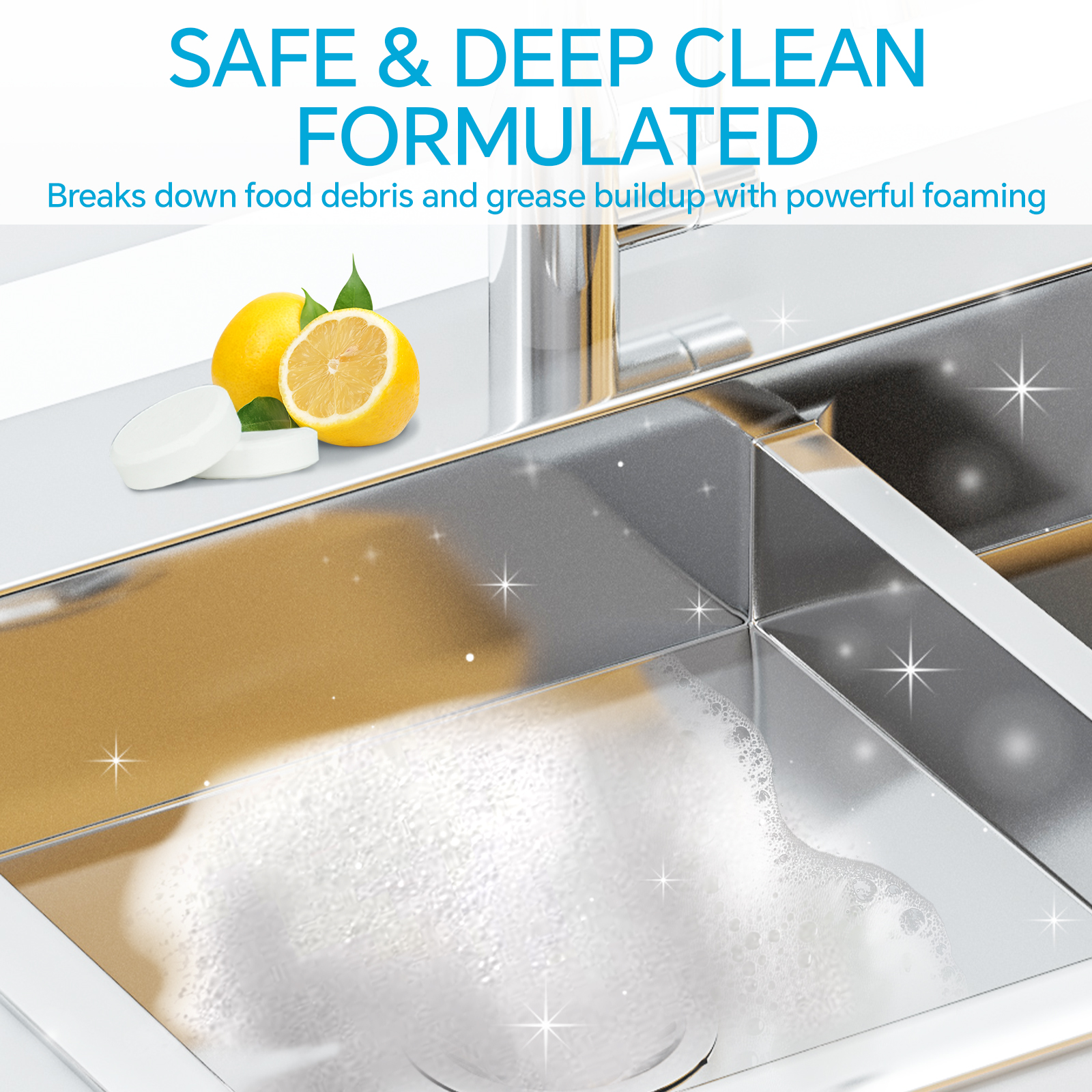Understanding the Types of Surfactants: An Overview
Surfactants, also known as surface-active agents, are compounds that lower the surface tension between two substances, such as water and oil. These versatile chemicals are used in a variety of applications, ranging from cleaning products to personal care items and even industrial processes. The ability of surfactants to interact with both hydrophilic (water-loving) and hydrophobic (water-hating) substances makes them indispensable in many industries.
In this article, we will explore the different types of surfactants, highlighting their unique properties and common uses.
1. Anionic Surfactants
Anionic surfactants are the most commonly used type of surfactants in cleaning products, such as soaps, detergents, and shampoos. These surfactants have a negatively charged head that is attracted to positively charged particles like dirt or oils, making them highly effective in breaking down grease and dirt.
Properties:
- Negative Charge: The hydrophilic (water-attracting) part of the molecule carries a negative charge.
- Excellent Cleaning Power: Anionic surfactants are known for their strong cleaning abilities and are often found in laundry detergents, dishwashing liquids, and household cleaners.
- Foam Formation: These surfactants tend to produce a lot of foam, which can be useful in applications requiring frothy solutions.
Common Examples:
- Sodium Lauryl Sulfate (SLS)
- Sodium Lauryl Ether Sulfate (SLES)
- Alkylbenzene Sulfonates (ABS)
- Linear Alkylbenzene Sulfonates (LAS)
2. Cationic Surfactants
Cationic surfactants, in contrast to anionic surfactants, have a positively charged head. These surfactants are typically used in products where conditioning or antimicrobial properties are needed. They are common in fabric softeners, hair conditioners, and certain disinfectants.
Properties:
- Positive Charge: The hydrophilic part of the molecule is positively charged, which allows them to bind to negatively charged surfaces like fabrics and hair.
- Antimicrobial and Antistatic: Cationic surfactants are often used in products for their ability to kill bacteria and neutralize static electricity, making them ideal for personal care and laundry products.
- Poor Foaming Ability: These surfactants tend to produce less foam compared to anionic surfactants.
Common Examples:
- Cetyltrimethylammonium Bromide (CTAB)
- Stearalkonium Chloride
- Quaternary Ammonium Compounds (quats)
3. Nonionic Surfactants
Nonionic surfactants do not carry any charge on their hydrophilic head, which makes them gentle and less likely to irritate the skin. These surfactants are widely used in personal care products like lotions, shampoos, and cleansers, as well as in industrial and agricultural applications.
Properties:
- No Charge: The hydrophilic part of the molecule is neutral, making these surfactants less likely to react with other substances.
- Mild and Gentle: Nonionic surfactants are less irritating to the skin and are often used in products intended for sensitive skin.
- Good Solubilizing Properties: They are excellent at dissolving oils in water, making them useful in emulsions and as dispersants.
Common Examples:
- Polyethylene Glycol (PEG) Esters
- Sorbitan Esters (e.g., Span and Tween)
- Alkyl Polyglucosides (APGs)
- Fatty Alcohol Ethoxylates
4. Amphoteric Surfactants
Amphoteric surfactants are unique in that they can carry either a positive or a negative charge, depending on the pH of the surrounding environment. This makes them particularly versatile in a variety of formulations, especially those used in personal care products. They are often used in shampoos, body washes, and facial cleansers due to their mildness.
Properties:
- Dual Charge: Depending on the pH, the molecule can carry a positive or negative charge.
- Mildness: Amphoteric surfactants are gentle and non-irritating, making them ideal for sensitive skin formulations.
- Good Foam and Wetting Ability: These surfactants can produce foam and are effective at reducing surface tension, making them useful in both cleaning and conditioning.
Common Examples:
- Cocamidopropyl Betaine
- Lauryl Betaine
- Amino Acid Surfactants
5. Zwitterionic Surfactants
Zwitterionic surfactants are a special type of amphoteric surfactant that carries both a positive and negative charge simultaneously within the same molecule. These surfactants are typically used in high-performance applications where both mildness and effective cleaning are needed.
Properties:
- Dual Charge: Zwitterionic surfactants carry both a positive and negative charge in the same molecule, which makes them highly versatile.
- Gentle and Non-Irritating: These surfactants are known for being gentle on the skin while still providing effective cleansing action.
- Foaming: Zwitterionic surfactants can generate a moderate amount of foam, making them useful in a variety of cosmetic formulations.
Common Examples:
- N-Dodecyl-N,N-dimethyl-3-ammonio-1-propane sulfonate (C12-3)
- Sulfobetaine Surfactants
Conclusion: The Versatility of Surfactants
Surfactants are an essential part of modern chemistry and are widely used in a variety of industries, from household cleaning to pharmaceuticals and cosmetics. Understanding the different types of surfactants and their unique properties helps in choosing the right formulation for a specific purpose.
- Anionic Surfactants are great for strong cleaning power and foaming.
- Cationic Surfactants excel in conditioning, antimicrobial, and antistatic properties.
- Nonionic Surfactants offer gentleness and solubility, ideal for sensitive applications.
- Amphoteric Surfactants provide versatility, especially in mild personal care formulations.
- Zwitterionic Surfactants combine the best of both worlds, offering effective cleaning with mildness.
Each type of surfactant has its own advantages, making them suitable for different applications. Whether you’re formulating a new cleaning product, creating a skincare routine, or working in industrial settings, the right surfactant can make all the difference.





